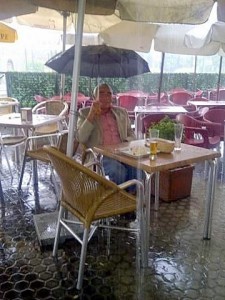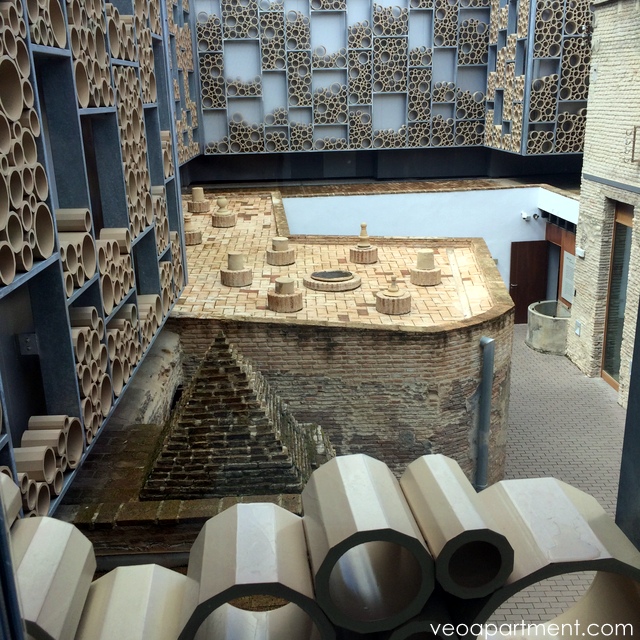 award-winning interior design by AF6 Arquitectos
award-winning interior design by AF6 Arquitectos
The Triana district of Seville has long been famous, among other reasons, as an important pottery and ceramics producing area (the Plaza España was designed partly as a showcase for Triana ceramics). However, although you can still find pottery shops, and even a few small scale workshops, in the Alfarería (a place where pottery is made or sold) neighbourhood behind the market, the industry is sadly not what it once was, and it’s perhaps a sign of the times that one of its most famous landmarks has recently opened as a museum.
The Ceramica Santa Ana, on the corner of San Jorge and Callao streets, has one of the most famous frontages in Seville (decoration and signage in ceramic tile, of course), and still functions as a shop and showroom, and the Centro Ceramica de Triana (the museum) can be found in the building next door, which used to be the Santa Ana pottery factory. It’s not much to look at from outside, but as soon as you walk past the reception area you realise that this is because everything faces inwards into the main courtyard – the principal production area of the factory. The exhibition areas are in the buildings overlooking the courtyard, which have a facing of randomly sized pottery tubes called a celosia, which provides shade for the interiors while still allowing light to enter. The installations, designed by Miguel Hernández Valencia and Esther López Martin of architects AF6, are a blend of traditional and modern, partly inspired by the objects that were left lying around when the factory closed.
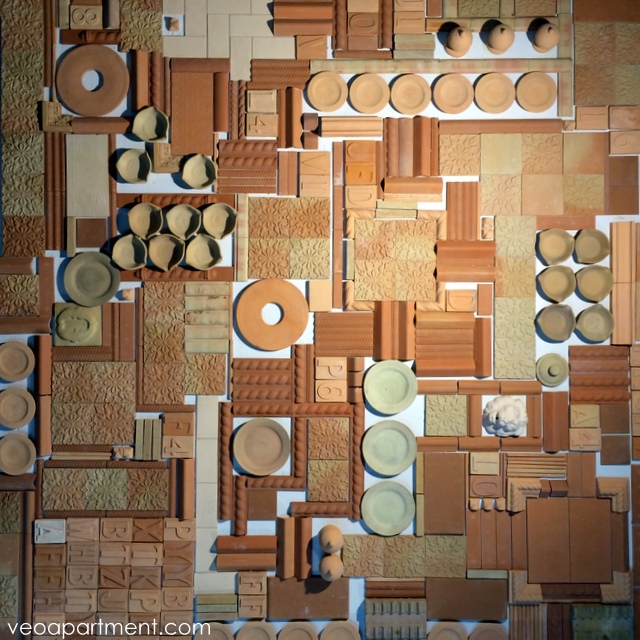 mural made from baked clay pieces found in the factory
mural made from baked clay pieces found in the factory
Not surprisingly, given the availability of suitable clays in the immediate vicinity, the history of pottery making here goes back a long way, at least as far as the Romans. Indeed, two of Seville’s patron Saints, Justa and Rufina, martyred here in the 3rd century, are traditionally said to have been potters. Under the Moors new techniques were introduced, and the craft of making decorated tiles in particular reached its peak. Later Italian and Flemish styles flourished, but there was a gradual decline until the 19th century, when an English potter and trader named Charles Pickman opened a modern factory in the Cartuja. Other entrepreneurs followed suite, and the revived industry reached a new peak in the early 20th century. Failure to modernise, however, led to another decline and many of the local manufacturers went out of business in the 1960s and 1970s.
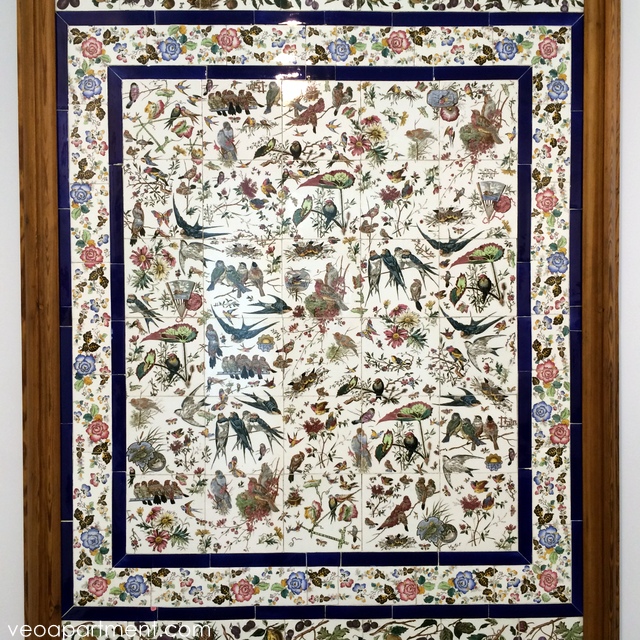 restored 18th century hand-painted tile panel
restored 18th century hand-painted tile panel
The core of the new museum is still the old kilns, which are of various ages stretching back to at least the 16th century, the ponds for storing the wet clay, and mills and basins for pigments. Upstairs there is a temporary exhibition about the restoration work carried out by the museum, and two permanent exhibitions, one detailing the history of local pottery making and techniques, with collections of locally made pieces, and the other about the neighbourhood of Triana, its traditions, and its fierce sense of local pride. These make it an excellent area to rent an apartment and experience the real character of a local neighbourhood. Below you can watch a video showing the restauration of the museum.
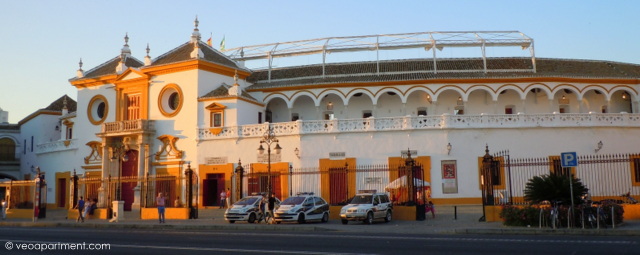
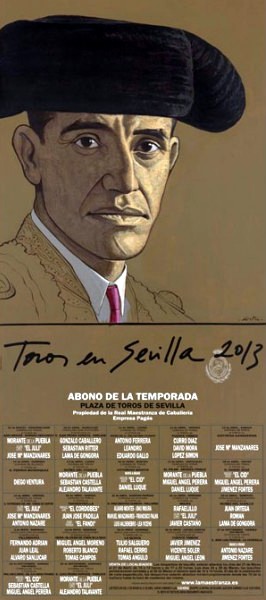
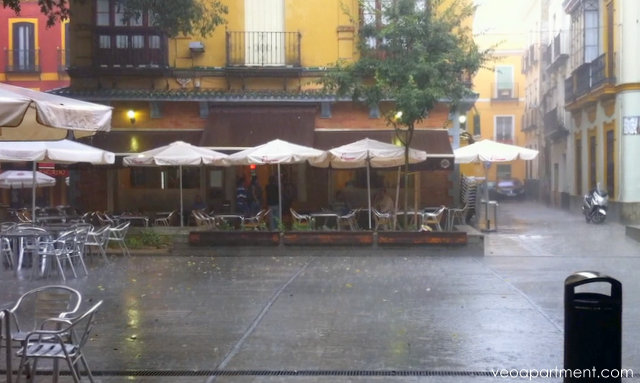 Plaza de la Alfalfa
Plaza de la Alfalfa